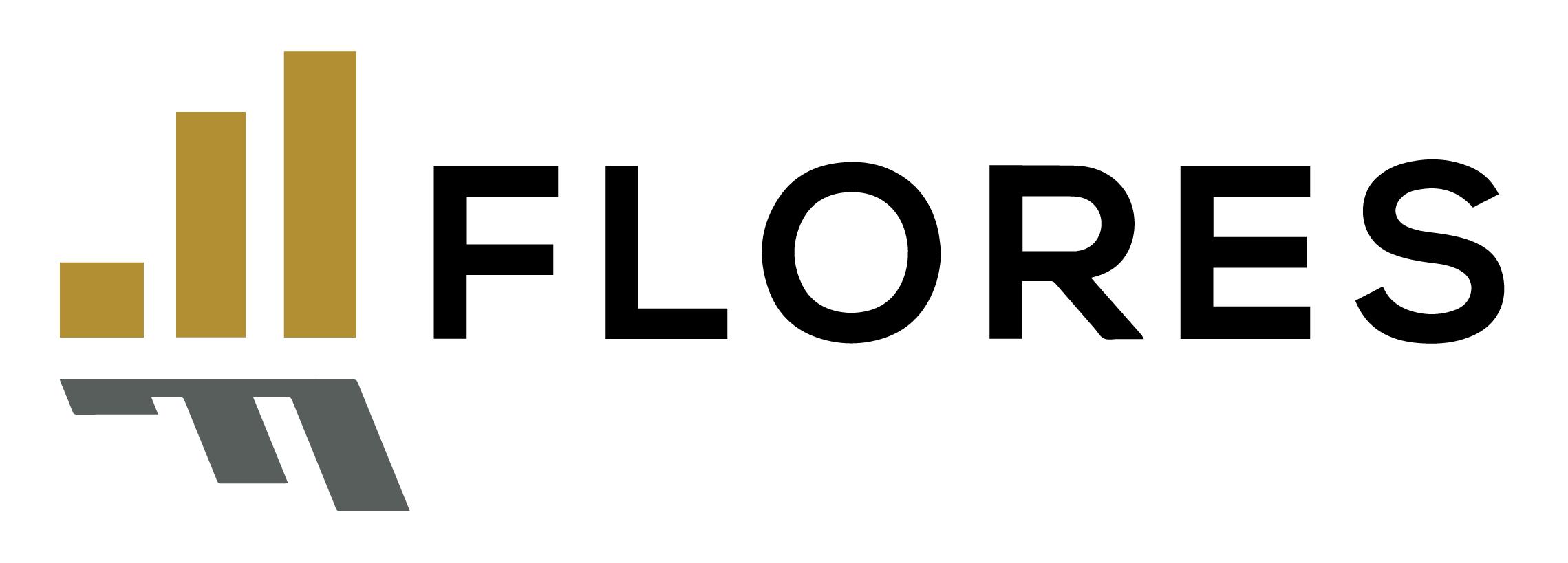- November 22, 2023
- Posted by: FLORES
- Categories: Human Resources, Payroll

In this episode of FLORES Solutions, FLORES COO Michelle Flores-Gonzales and Director of HR Clients Service Mia Arnesano discuss the relationship between human resources (HR) and payroll, including their distinct yet interconnected roles and the benefits of integrating their functions.
Michelle and Mia share various examples of the collaborative nature of HR and payroll in creating organizational, operational, and employee success, such as:
- Seamless onboarding and offboarding: Together, these functions incorporate recruiting, orientation, employee policies, and wage management.
- Compliance: HR and payroll ensure the organization meets legal, regulatory, tax, and wage laws and requirements.
- Benefits: These teams work closely to administer health insurance, retirement contributions, paid time off, and other benefits to ensure policy compliance, accurate tax records, and the completion of other benefits-related tasks.
View the episode for the full details of how these two departments work closely together and the benefits of integrating HR and payroll. Please get in touch with our team if you have questions about maximizing your HR and payroll departments.
Audio Transcript
Michelle:
Hi everyone, and welcome to this week’s edition of Flores Solutions. Today I’m here with my director of HR client services, Mia Arnesano, and we wanted to go over today HR and payroll, which are two very important functions in everyone’s business and how they can streamline and work together. So Mia, can you tell me a little bit about HR and payroll and the employee management information?
Mia:
Yes, of course, certainly. And thank you Michelle for the introduction for both. HR and payroll departments, as you all know, are distinct functions within an organization, but very vital and should go hand in hand. And one being the employee information management one, HR handles the recruitment, the performance reviews, personnel files and such for the company and the payroll handles, the tax information, salary, the benefits garnishments, and you name it when it comes to payroll. So having these two functions work closely together ensures data consistency and accuracy.
Michelle:
That makes a lot of sense. Now, can you tell me a little bit about onboarding and offboarding? We hear from HR managers all the time that that can be a tedious cycle, but it also is an important part in payroll. So how do the two admin functions work together?
Mia:
Yes. Well, certainly, as you all know, you hear a lot about onboarding and offboarding and what it means and what are the roles of HR and payroll and why should they go hand in hand when it comes to these processes. But so as you all know, hiring is the onboarding and termination and so is what we call offboarding, right? And then the task that both pertain to HR and payroll is that HR handles the recruitment side of things. The orientation payroll ensures that the employees are set up to receive their wages and any necessary final payments upon their time of hire and does it compliantly.
Michelle:
Awesome. Speaking of compliance, compliance is a huge risk factor for any employer. HR and payroll both have key functions in the compliance area. How does merging these two departments help an employers make sure that they are in compliance?
Mia:
Yes, compliance, most certainly. It’s something that we kind of like perk our ears and open our eyes wide when it comes to compliance. But HR and payroll are two of those functions and departments that handle that very closely. And that being is that it’s related to legal and regulatory compliance. HR ensures adherence to employment laws and payroll must comply with tax laws and wage requirements when it comes to not only federal regulations, but also state regulations. So a synchronized approach is definitely vital to ensure that the entire employment process is compliant.
Michelle:
Absolutely. So now let’s talk about benefits administration. How does this area work together in both departments?
Mia:
Of course. Certainly benefits, as you all know, can be health insurance, retirement contributions, or paid time off. These are all benefits that can fall under benefits and to administer that properly and efficiently, HR and payroll have to work hand in hand. And why is that? Because HR has direct contact with financial implications and payroll can manage the tax deductions on it and their benefit deductions and ensure that employees are having their deductions accurately.
Michelle:
Also, a key important part to make sure the employers paying their employees accurately and getting their deductions back accordingly. Exactly.
